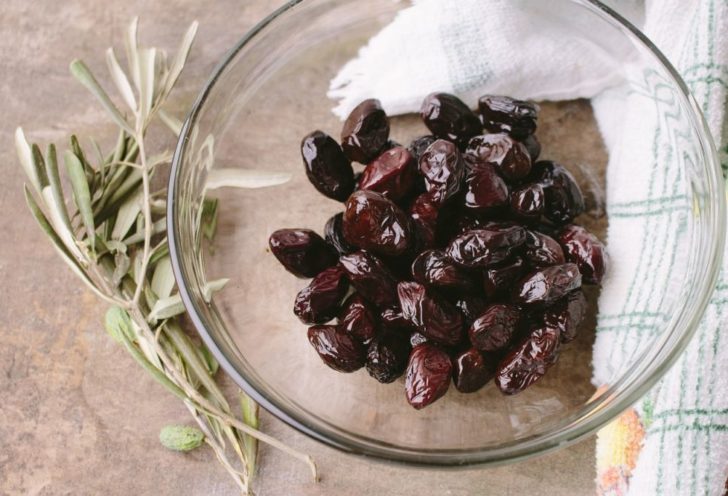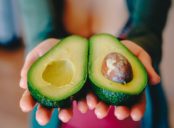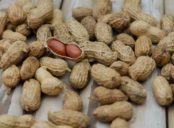High Protein Diet: A Comprehensive Guide to Maximizing Nutrition

Introduction
A high protein diet has gained significant popularity in recent years due to its potential health benefits and ability to aid with weight loss. This article aims to provide a detailed overview of the high protein diet, including its various types, popularity, and quantitative measurements. Additionally, we will discuss the differences between different high protein diets and provide a historical review of their pros and cons.
I. What is a High Protein Diet?
A high protein diet is characterized by an increased intake of protein-rich foods while minimizing the consumption of carbohydrates and fats. The primary focus is to maximize the intake of quality protein sources to support muscle growth, repair, and overall health. This type of diet typically prioritizes lean meats, fish, eggs, dairy products, legumes, and plant-based protein sources.
II. Types of High Protein Diets

1. High Protein, Low Carb Diet: This approach involves reducing carbohydrate intake and replacing it with higher protein sources. It aims to regulate blood sugar levels and promote fat burning.
2. Ketogenic Diet: A low-carb, high-fat diet that emphasizes increased protein intake. It forces the body to enter a state of ketosis, where it relies on fat for energy.
3. Plant-Based High Protein Diet: This diet is particularly appealing to vegetarians and vegans, as it focuses on incorporating plant sources such as tofu, legumes, quinoa, and tempeh.
4. Paleo Diet: A diet that mimics what our ancestors supposedly ate, including lean meats, fish, fruits, vegetables, nuts, and seeds. It promotes high protein consumption, avoids processed foods, and eliminates grains and dairy products.
III. Quantitative Measures of High Protein Diet
To determine the protein requirements for individuals, several calculations can be used. The most common measure is the Recommended Daily Allowance (RDA), which is approximately 0.8 grams of protein per kilogram of body weight. However, athletes and active individuals may require higher amounts to support their training and muscle recovery. The Protein Digestibility Corrected Amino Acid Score (PDCAAS) is also a useful tool to assess protein quality.
IV. Differentiating High Protein Diets
Although high protein diets share the goal of increased protein intake, they vary in macronutrient distribution and specific food choices. For instance, the ketogenic diet severely limits carbohydrate intake to induce ketosis, whereas a plant-based high protein diet relies entirely on plant sources. These differences influence the body’s metabolic response and potential health outcomes.
V. Historical Review of Pros and Cons
1. Advantages:
– Weight Loss: High protein diets help control appetite, boost metabolism, and increase satiety, leading to weight loss.
– Muscle Development: Protein is essential for muscle growth and repair, making high protein diets favorable for athletes and active individuals.
– Improved Blood Lipid Profile: Studies suggest that high protein diets can improve lipid profiles by increasing HDL cholesterol and reducing triglyceride levels.
2. Disadvantages:
– Nutritional Imbalance: Strict high protein diets may lead to deficiencies in essential nutrients such as fiber, vitamins, and minerals.
– Kidney Strain: Excessive protein intake may put strain on the kidneys, particularly in individuals with pre-existing kidney conditions.
– Long-Term Sustainability: Following a high protein diet long-term can be challenging for some individuals due to limited food choices and potential social restrictions.
Conclusion
In conclusion, a high protein diet can offer numerous benefits, including weight loss, muscle development, and improved metabolic health. However, it is crucial to choose a high protein diet that aligns with individual preferences, dietary needs, and overall health goals. Consulting with a healthcare professional or registered dietitian can provide personalized guidance for safely incorporating a high protein diet into one’s lifestyle. Remember, balance and moderation are key when it comes to optimizing nutrition and maintaining long-term health.





















